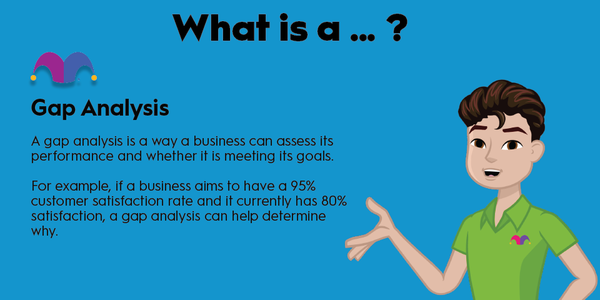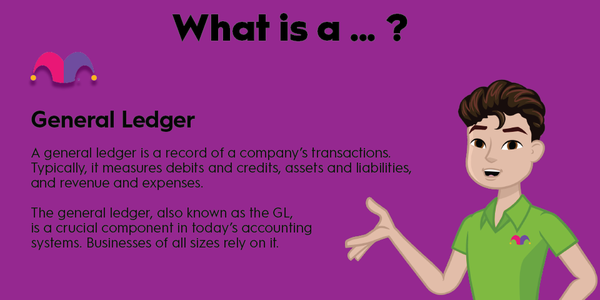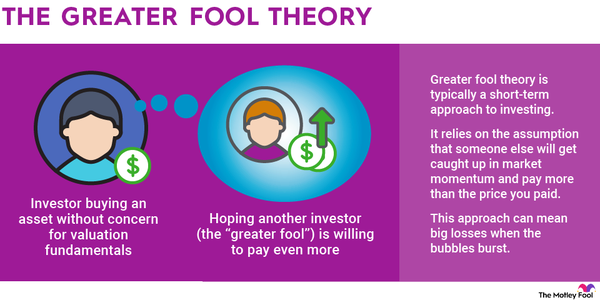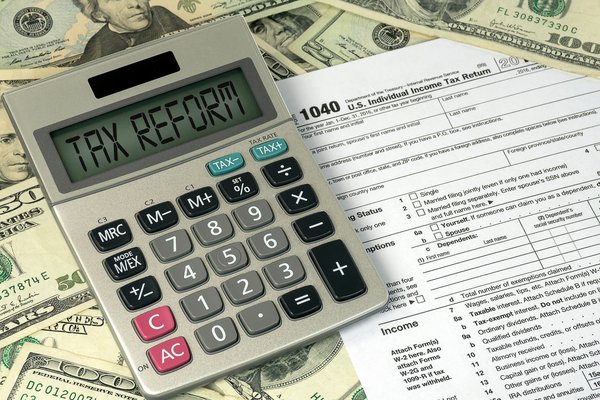Growth at a reasonable price (GARP) is a stock investing strategy popularized by famed investor Peter Lynch. It seeks to combine the best facets of growth and value investing approaches to select individual stock investments. GARP investors aim to find companies delivering above-average revenue and earnings growth that trade at a reasonable valuation. This strategy should yield attractive returns with less volatility than an extreme growth-focused investment approach.
Here's a closer look at GARP investing, including the formula for finding GARP stocks, how to use this strategy, and an example of a top GARP stock.
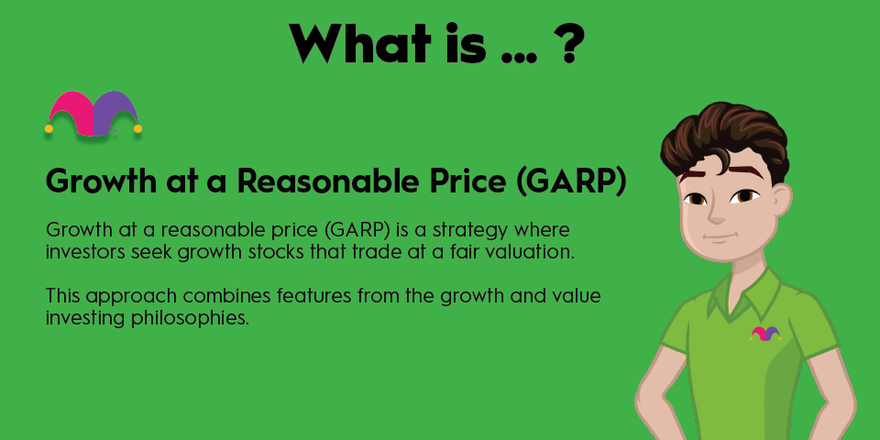
What is GARP?
What is GARP?
Growth at a reasonable price (GARP) is a strategy where investors seek growth stocks that trade at a fair valuation. This approach combines features from the growth and value investing philosophies. It strives to discover companies growing their earnings and revenue at an above-average rate. But it also seeks companies that trade at a reasonable valuation multiple, such as the price to earnings (P/E) ratio, compared to the broader market.
While GARP investing combines key tenets from growth investing and value investing, it also has some notable differences. Growth investors are often willing to pay for growth at any price, even if it's extreme, while GARP investors are only willing to pay a reasonable price for growth. Meanwhile, value investors seek to find stocks trading at a bargain price, giving them a margin of safety. Conversely, GARP investors are willing to pay more for a company growing at an above-average rate.
What is the formula for uncovering GARP stocks?
What is the formula for uncovering GARP stocks?
GARP investors use the price-to-earnings growth (PEG) ratio to find compelling investment opportunities. The PEG ratio showcases a stock's valuation (P/E ratio) relative to its expected earnings growth over the next year or more. GARP investors look for stocks that trade at a PEG of 1 or less. The ratio suggests that a stock's valuation multiple aligns with its expected earnings growth. The PEG ratio is calculated using the following formula:
PEG ratio = P/E ratio / earnings per share growth rate
For example, say a company currently trades at $30 per share. It expects to earn $3 per share this year, which is 10% above last year's level. Given those inputs, its PEG ratio would be 1 (10/10=1). This stock would meet the target of a GARP investor.
How to use the GARP strategy
How to use the GARP strategy
There are two ways to use a GARP investing strategy in your portfolio.
- You can look for individual stocks with PEG ratios of 1 or less. You can use a stock screener to search for stocks that meet this criterion or calculate the PEG ratio for stocks to see if they qualify.
- You could invest in an exchange-traded fund (ETF) or index fund that uses a GARP investing strategy. For example, the S&P 500 GARP Index (SPXGARPP) is an index that tracks stocks that meet GARP criteria, including a PEG ratio of 1 or less. Meanwhile, the Invesco S&P 500 GARP ETF (SPGP -0.54%) is an ETF that tracks the S&P 500 GARP Index. You can also use these funds as a potential resource for finding GARP stocks to add to your portfolios.
Related investing topics
Example
An example of a top GARP stock
GARP investors often forecast a company's PE ratio and earnings growth rate a few years into the future. This allows them to see if the current price is reasonable, given the company's growth expectations. Here's an example of the growth expectations for the social networking giant Meta Platforms in mid-2023:
| Year | PE Ratio | Earnings Growth Rate | PEG Ratio |
|---|---|---|---|
| 2023 | 20.4 | 22.5 | 0.9 |
| 2024 | 16.6 | 22.9 | 0.7 |
That reasonable PEG ratio would make GARP investors interested in investing in Facebook's parent Meta Platforms.



